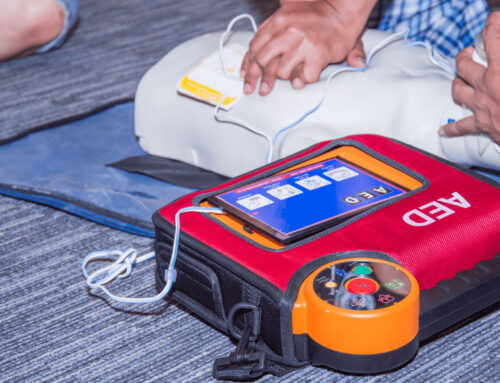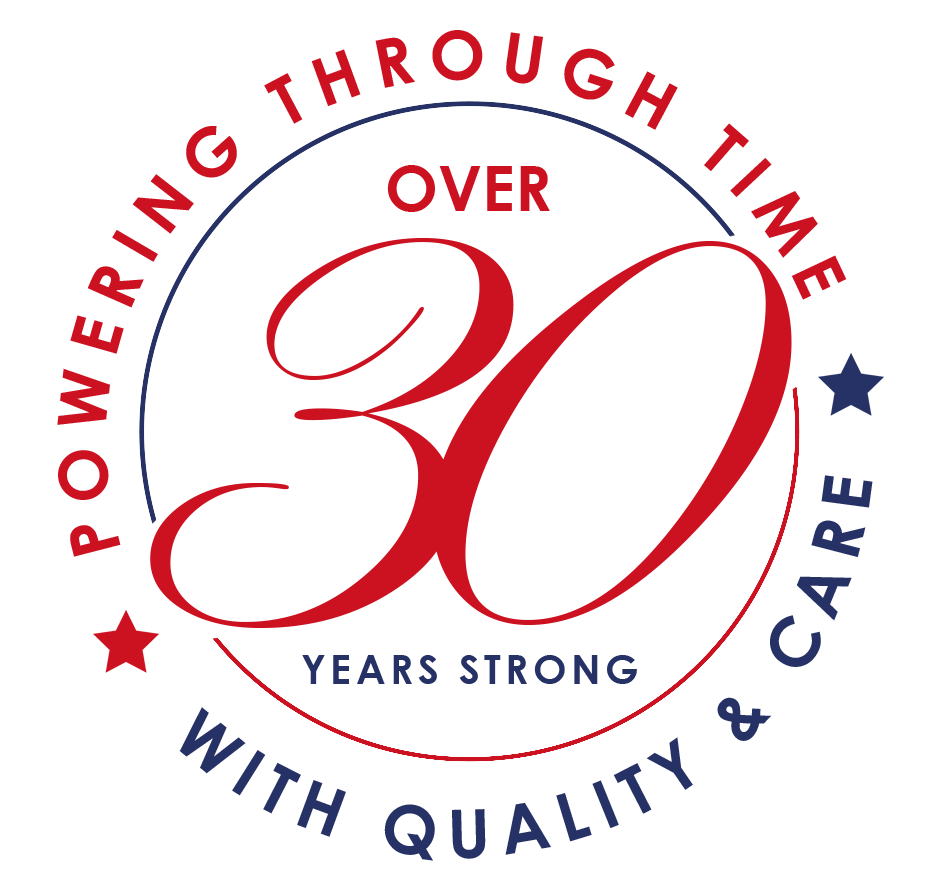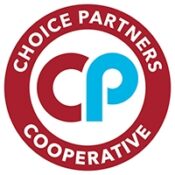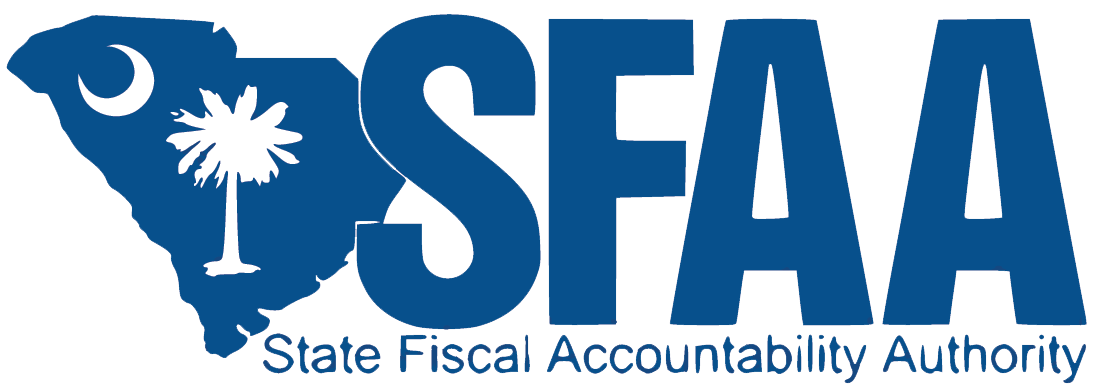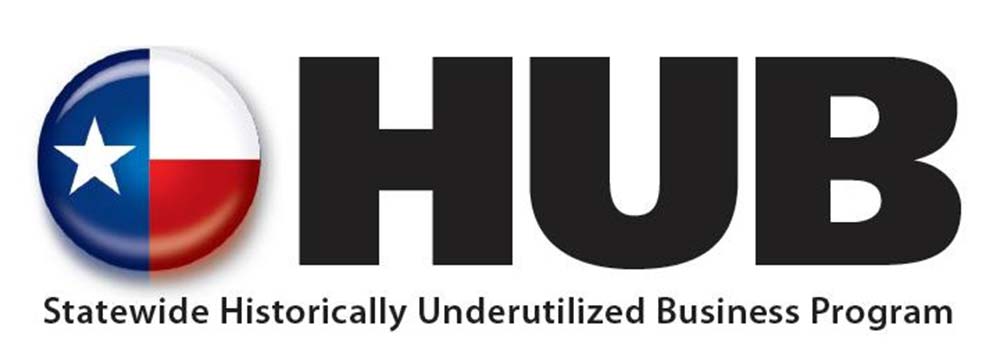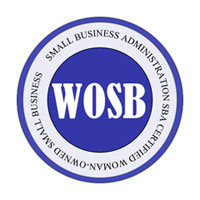The Evolution of Procurement: From Administrative Role to Strategic Business Unit
The procurement function has undergone a significant transformation over the past few decades. It has evolved from a simple administrative role to a fully-fledged strategic business unit that is crucial to an organization’s success. No longer is it sufficient to merely turn requisitions into orders and await the delivery of goods or services. Instead, Procurement must constantly deliver value to the organization by providing products and services that contribute to the well-being of the organization.
To achieve this, best practices must be implemented at four levels: Strategic, Tactical, Operational, and Contingency. Let’s delve into each of these levels to understand how they contribute to the effectiveness of Procurement.
Strategic Level
At the strategic level, Procurement involves long-term planning and decision-making that aligns with the organization’s overall goals and objectives. This includes supplier selection and management, contract negotiation, risk assessment, and sustainability initiatives.
Strategic procurement ensures the organization has a reliable supply chain that provides high-quality goods and services at the best possible prices. It also involves building strong relationships with suppliers, ensuring they meet the company’s ethical and environmental standards.
Tactical Level
Tactical procurement is the next level down and focuses on implementing the strategies set out at the strategic level. This involves order processing, supplier performance evaluation, and contract management.
Tactical procurement ensures that the day-to-day operations align with the organization’s strategic goals. It involves constant monitoring and adjusting of processes to ensure efficiency and effectiveness.
Operational Level
Operational procurement involves the actual purchasing of goods and services. This includes issuing purchase orders, receiving goods, processing invoices, and handling any issues arising during the procurement process.
Operational procurement is crucial for maintaining the flow of goods and services into the organization. It requires high attention to detail and efficiency to ensure that orders are processed accurately and promptly.
Contingency Level
Finally, the contingency level involves planning for unexpected events that could disrupt the procurement process. This includes supplier bankruptcy, natural disasters, or sudden changes in demand.
Contingency planning helps to ensure the organization can continue to operate effectively in the face of unexpected challenges. This involves identifying potential risks and developing plans to mitigate them.
The role of Procurement has evolved significantly and is now considered a strategic business unit within many organizations. By implementing best practices at the strategic, tactical, operational, and contingency levels, Procurement can deliver maximum value to the organization and contribute to its overall success.



